Founded by the Italian-Austrian Carlo Abarth in 1949, the Abarth it became famous for two things: firstly for having a scorpion as its symbol, and secondly for the fact that throughout much of its history it has been dedicated to transforming quiet Fiat into cars capable of offering high performance and large doses of adrenaline .
However, don't be fooled by the (long) connection between Abarth and Fiat. Despite the fact that practically since its birth, Abarth has been dedicated to the transformation of models for the Italian brand, and even ended up being bought by it in 1971, the truth is that the relationship between the two was not exclusive.
As both a preparer and a construction company, we were able to watch the scorpion “sting” brands such as Porsche, Ferrari, Simca or Alfa Romeo, and without forgetting that it even made its own models.
You get 9 non-Fiat Abarth, plus an "extra":
Cisitalia 204A Abarth Spider Corsa
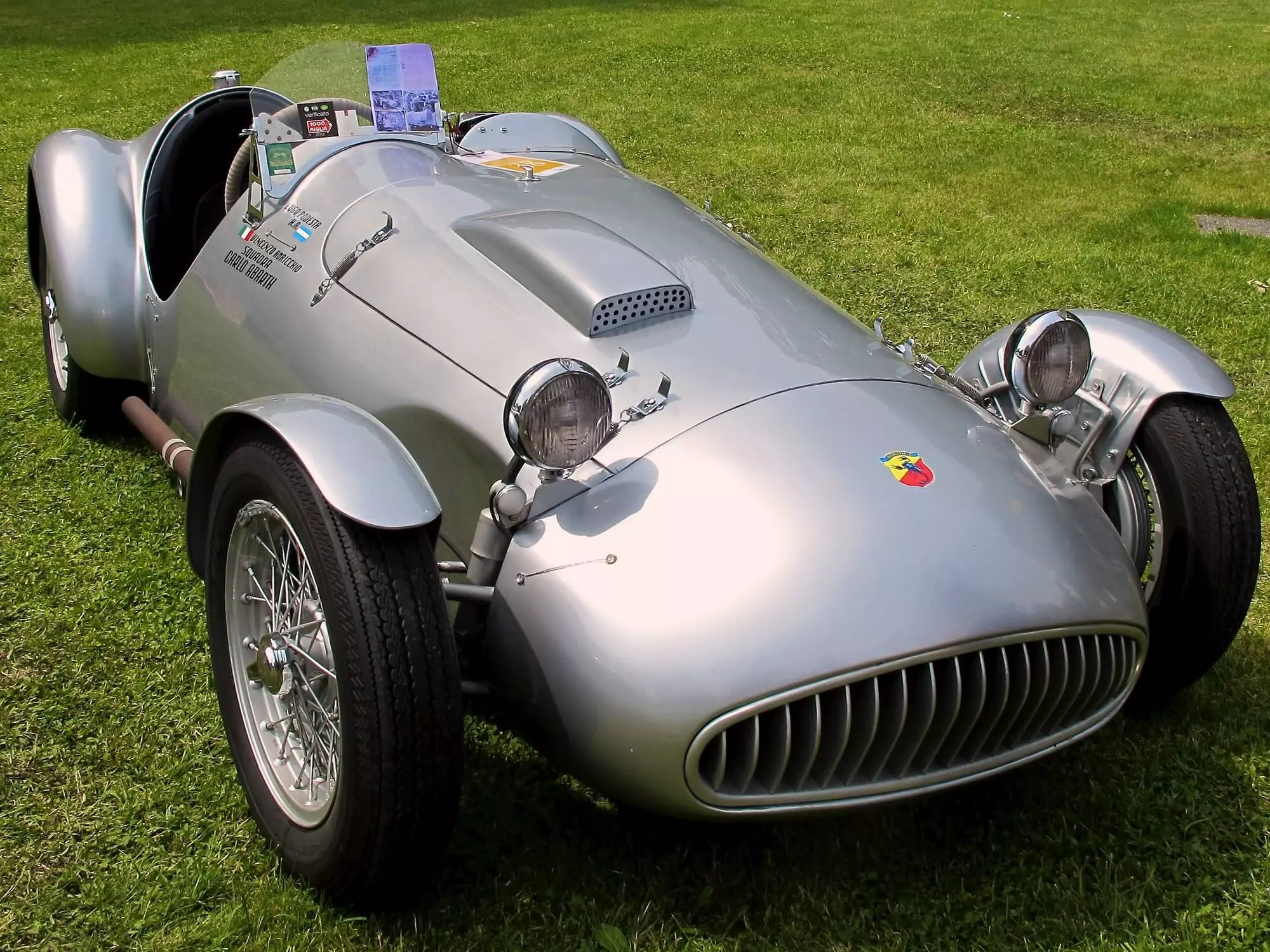
Interestingly, the first model to bear the Abarth name was, at the same time, the last to be named Cisitalia (a brand that would go out of business shortly afterwards). Born in 1948, a total of five units of this sport would be made.
Subscribe to our newsletter
Developed with competition in mind, the Cisitalia 204A Abarth Spider Corsa won a total of 19 races, with the famous Tazio Nuvolari taking its last victory onboard the Cisitalia 204A Abarth Spider Corsa.
Under the bonnet was an engine derived from the one used by the Fiat 1100 with two Weber carburetors and 83 hp of power associated with a four-speed manual gearbox that allowed the Cisitalia 204A Abarth Spider Corsa to be propelled up to 190 km/h.
Abarth 205 Vignale Berlinetta
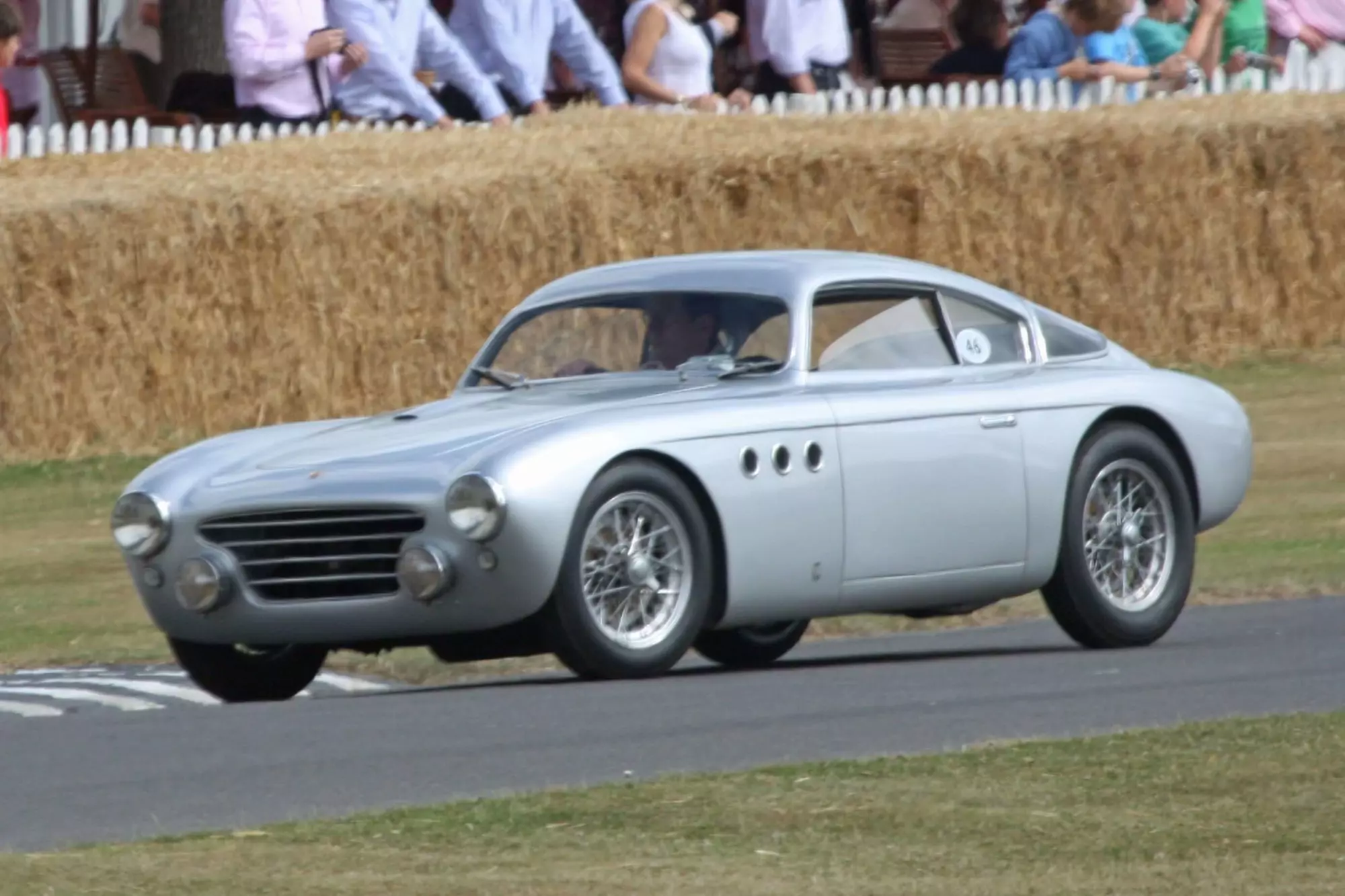
After leaving Cisitalia, Carlo Abarth devoted himself to creating his own models. First of all was this beautiful 205 Vignale Berlinetta, which used the same four-cylinder Fiat engine used by the Cisitalia 204A Abarth Spider Corsa.
The bodywork was entrusted to Alfredo Vignale while the task of designing it was given to Giovanni Michelotti. In total, only three units of this small coupé were produced, weighing in at 800 kg.
Ferrari-Abarth 166 MM/53
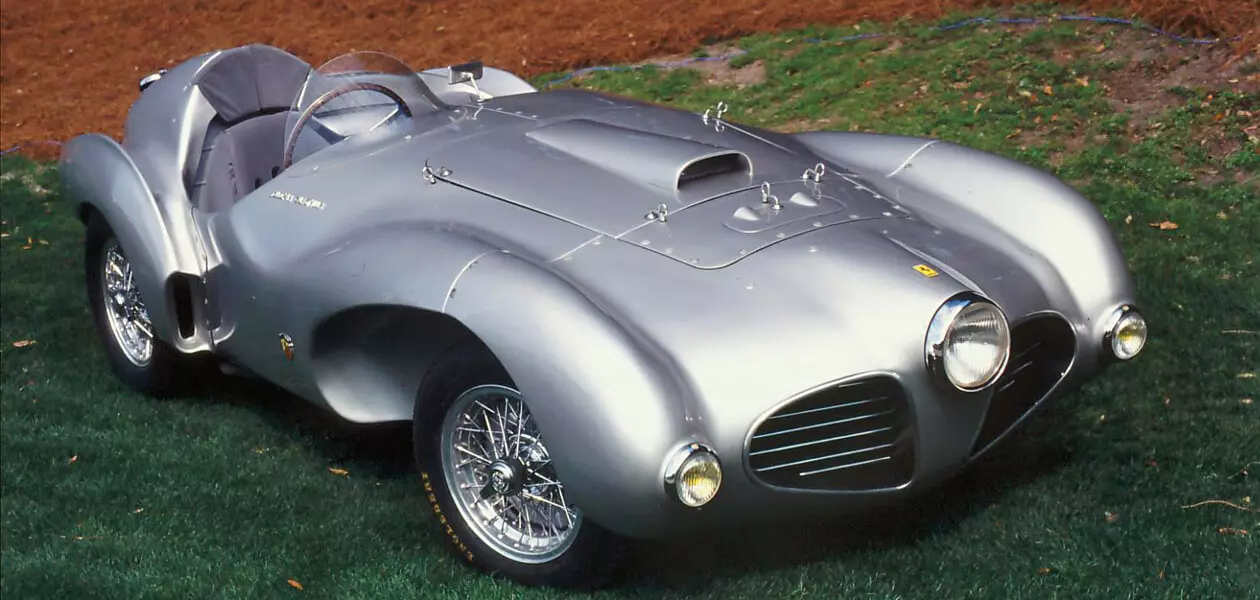
Designed by Carlo Abarth and built on the Ferrari 166, the Ferrari-Abarth 166 MM/53 remains Abarth's only “finger” Ferrari. It was a request made by the pilot Giulio Musitelli who was racing with him. Underneath the Abarth-designed body was a Ferrari V12 with just 2.0 l and 160 hp.
Porsche 356 Carrera Abarth GTL
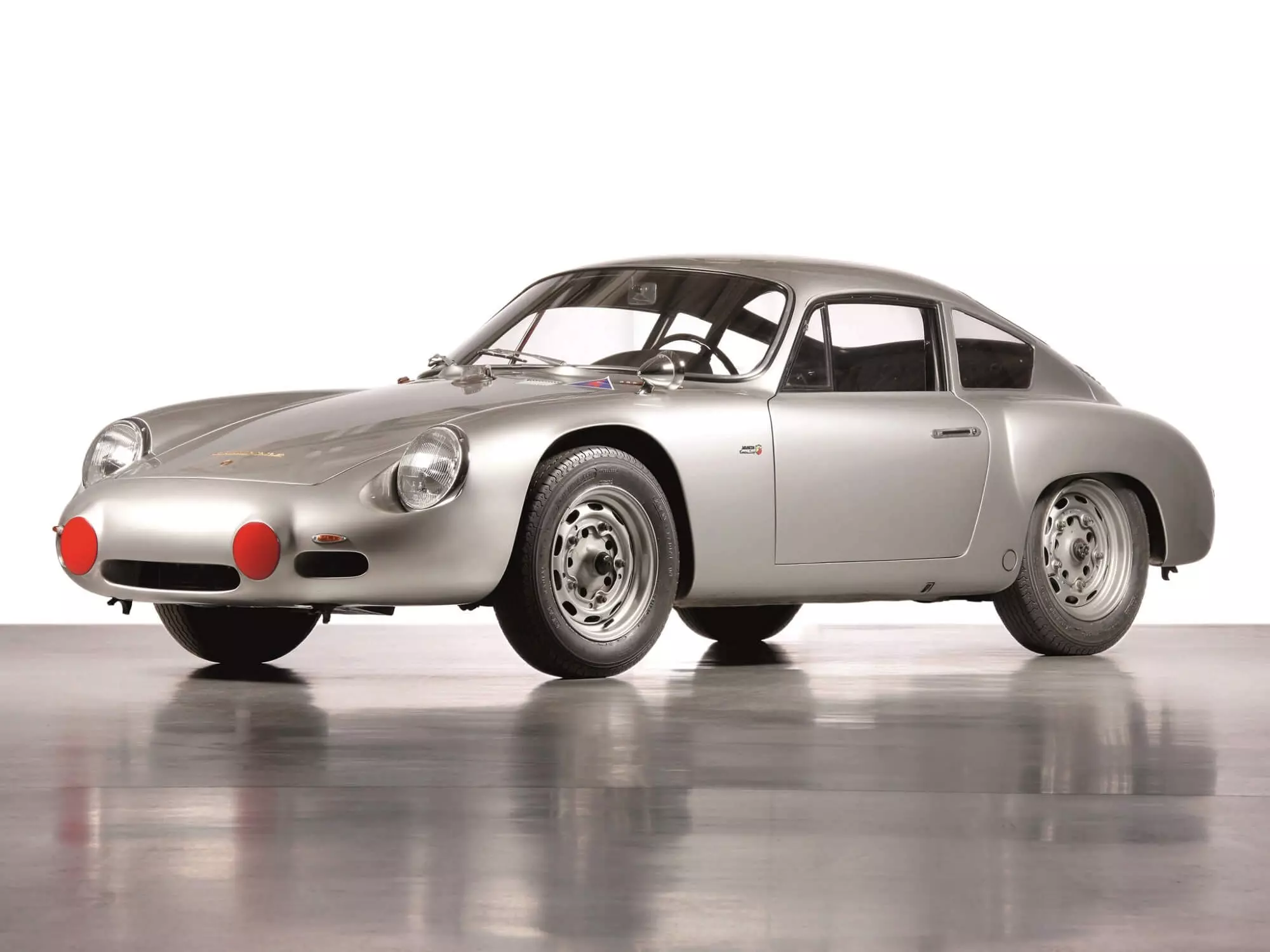
In September 1959, Porsche teamed up with Carlo Abarth to initially create 20 race cars based on the 356B. The result was the 356 Carrera Abarth GTL, ready to face competition in the GT category races.
Lighter than the model that served as its base and with a distinct body designed and produced in Italy, the “Porsche-Abarth” used four-cylinder boxer engines of 1.6 l with powers from 128 hp to 135 hp and 2.0 l with powers from 155 hp to 180 hp.
Although the 356 Carrera Abarth GTL was successful in the races it competed in, Porsche decided to cancel the contract with Abarth after the first 21 cars were ready. The reason for the withdrawal was simple: the lack of quality of the first prototypes and the initial delays ended up “marking” Porsche and leading to divorce.
Abarth Simca 1300 GT
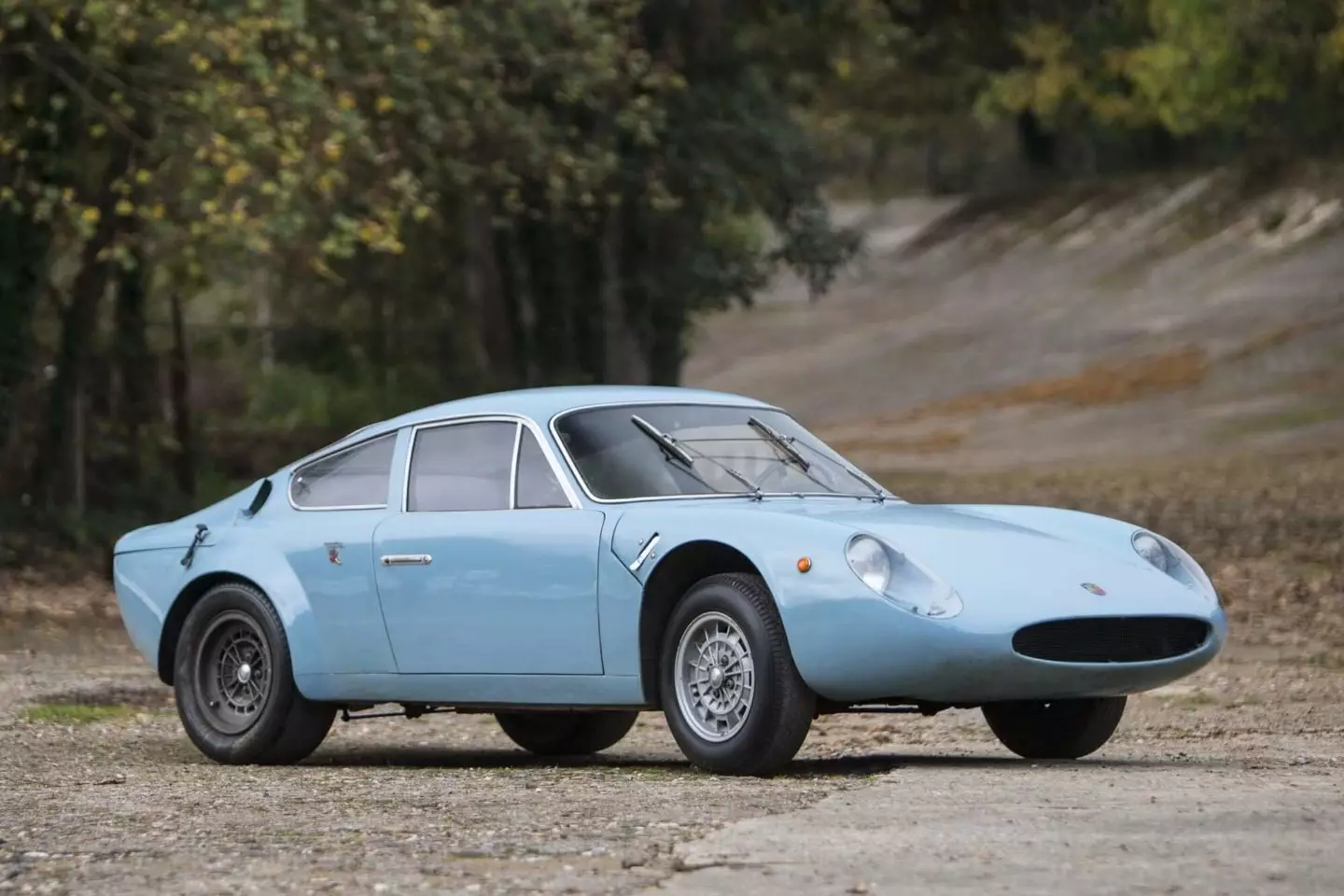
When Simca decided to create a faster version of the modest 1000, the French brand did not think twice and enlisted the services of Carlo Abarth. The agreement dictated that Abarth would make some prototypes based on the Simca 1000 and the result was something quite different from the original car, the Abarth Simca 1300 produced between 1962 and 1965.
With a new body that is much more aerodynamic (and sportier), a new engine — the small 0.9 l and 35 hp engine gave way to a 1.3 l and 125 hp engine — with the 1000 carrying little more than the chassis, the suspension and steering, since the brakes are now disc brakes on all four wheels.
The result was a small sports car weighing just 600 kg (200 kg less than the Simca 1000) and capable of reaching an impressive 230 km/h. This was followed by the 1600 GT and 2000 GT, the latter having a 2.0 l of 202 hp that allowed it to reach 270 km/h.
Simca Abarth 1150
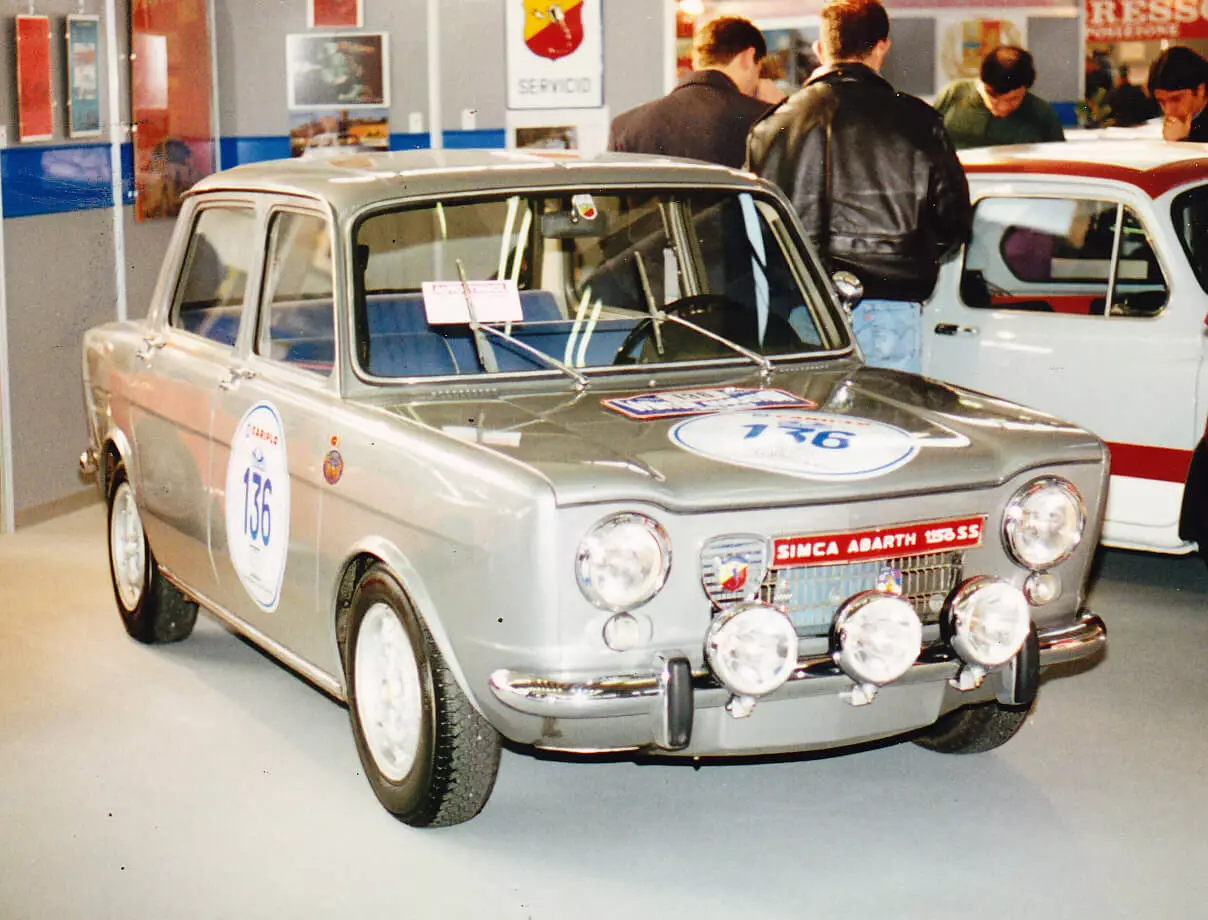
The second entry on our list of the partnership between Abarth and Simca is the spicy version of the Simca 1000. Unlike what happened in the case of the 1300 GT, in this one the recipe was a little less radical and the Simca 1150 is nothing but a improved version of the modest French model.
Released at the end of 1964, it was on sale for a short time as the purchase of Simca by Chrysler dictated its disappearance in 1965. Available in four versions, its power ranged from 55 hp to 85 hp, with intermediate versions available with 58 hp and 65 hp.
Autobianchi A112 Abarth
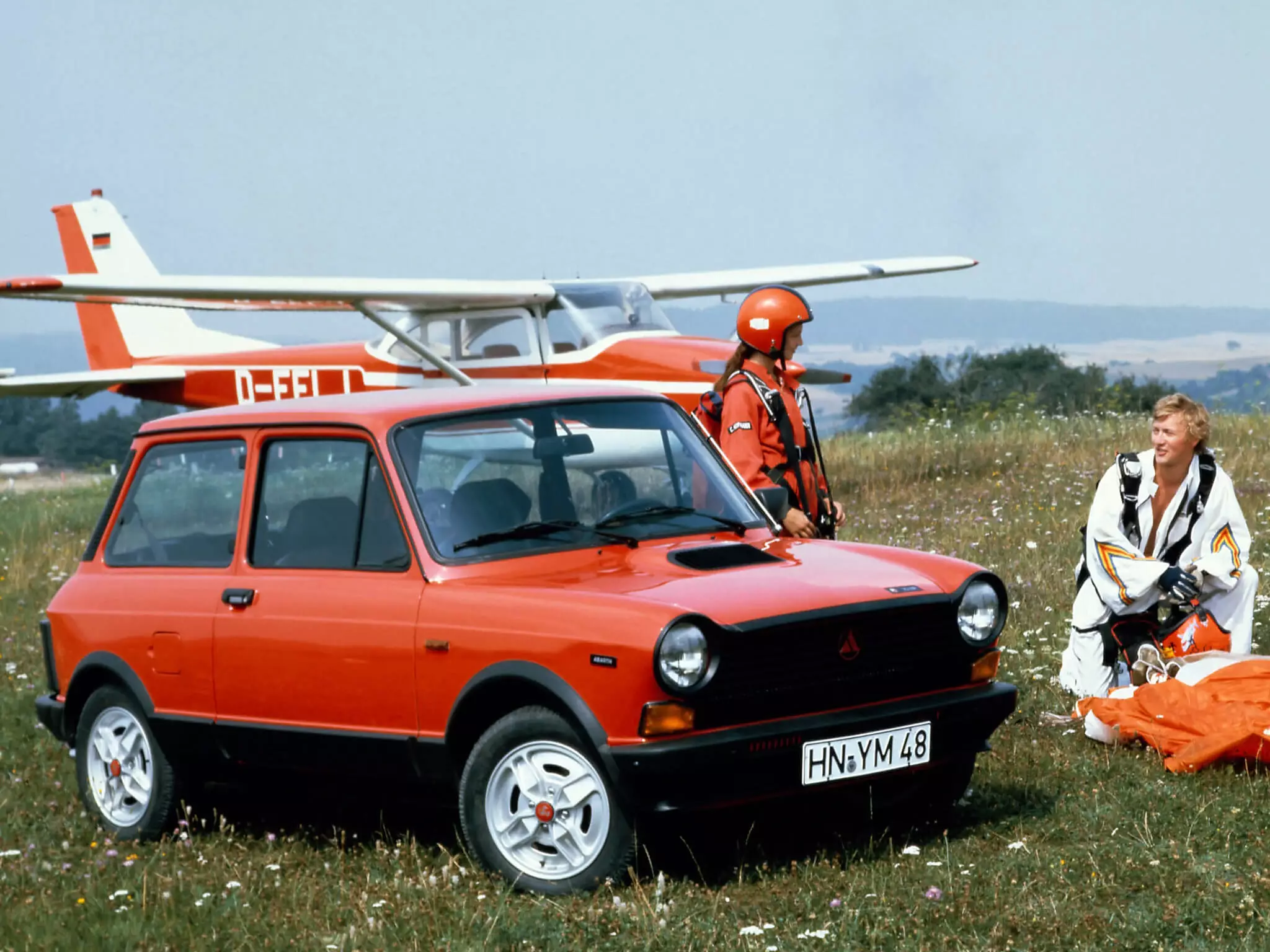
Produced between 1971 and 1985, the Autobianchi A112 Abarth had as its main objective to face the Mini Cooper and its Italian version, the Innocenti Mini.
Altogether there were seven versions of the Autobianchi A112 Abarth having been produced 121 600 units of the city devil. Initially equipped in 1971 with a 1.0 l engine and 58 hp, the A112 Abarth had several versions, especially those equipped with a five-speed manual gearbox or a 1.0 l with 70 hp.
Abarth 1300 Scorpione SS
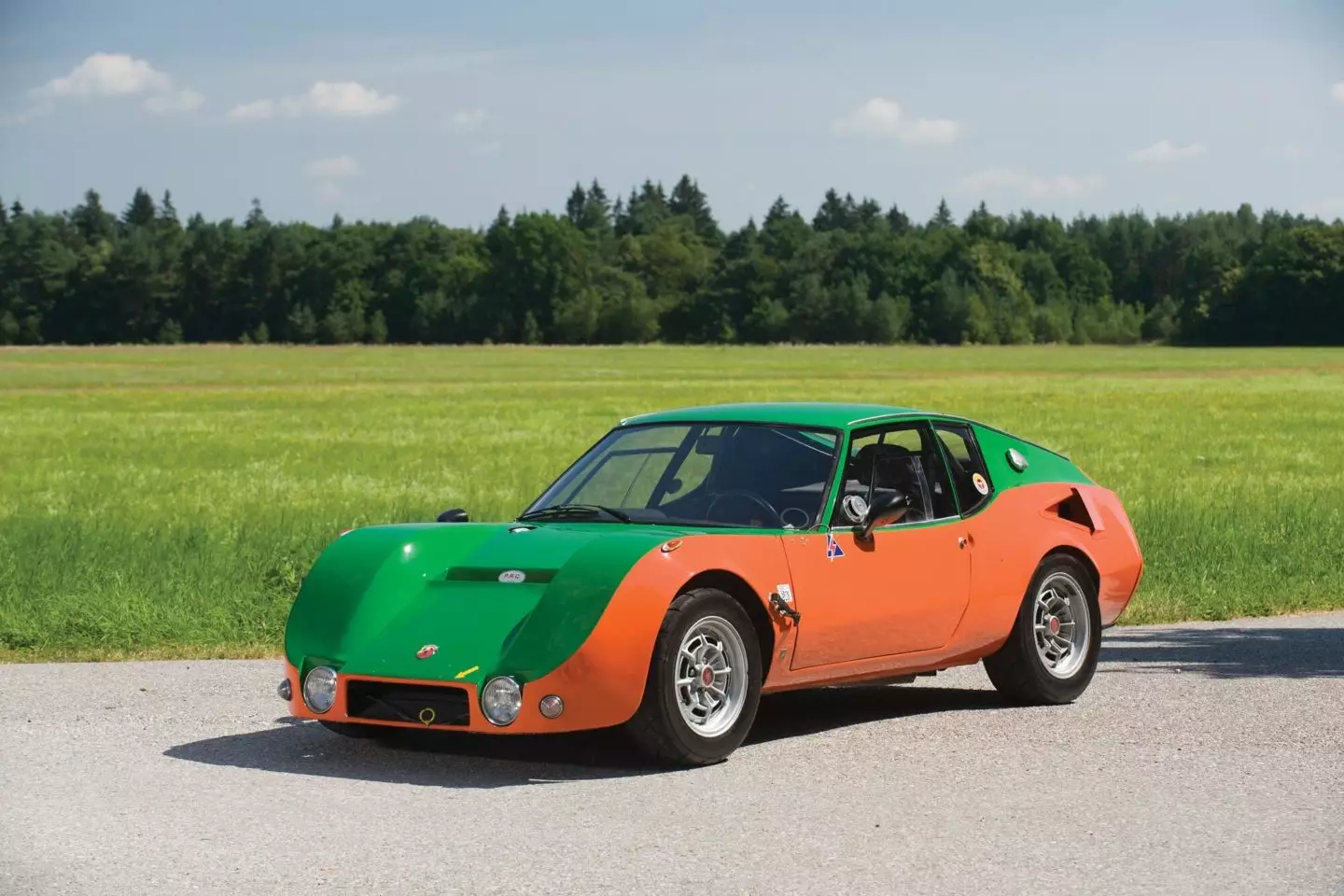
Produced between 1968 and 1972 by the Italian company Carrozzeria Francis Lombardi, the Abarth 1300 Scorpione SS went by several names. It was OTAS 820, Giannini and, of course, Abarth Grand Prix and Scorpione throughout his life.
Presented at the Geneva Motor Show in 1968, the Abarth 1300 Scorpione SS would become the last product developed by Abarth as an independent brand (in 1971 it would be bought by Fiat).
In technical terms it had a 1.3 four-cylinder in-line, two Weber carburetors, 100 hp, four-speed manual transmission, four-wheel independent suspension and four brake discs.
Lancia 037
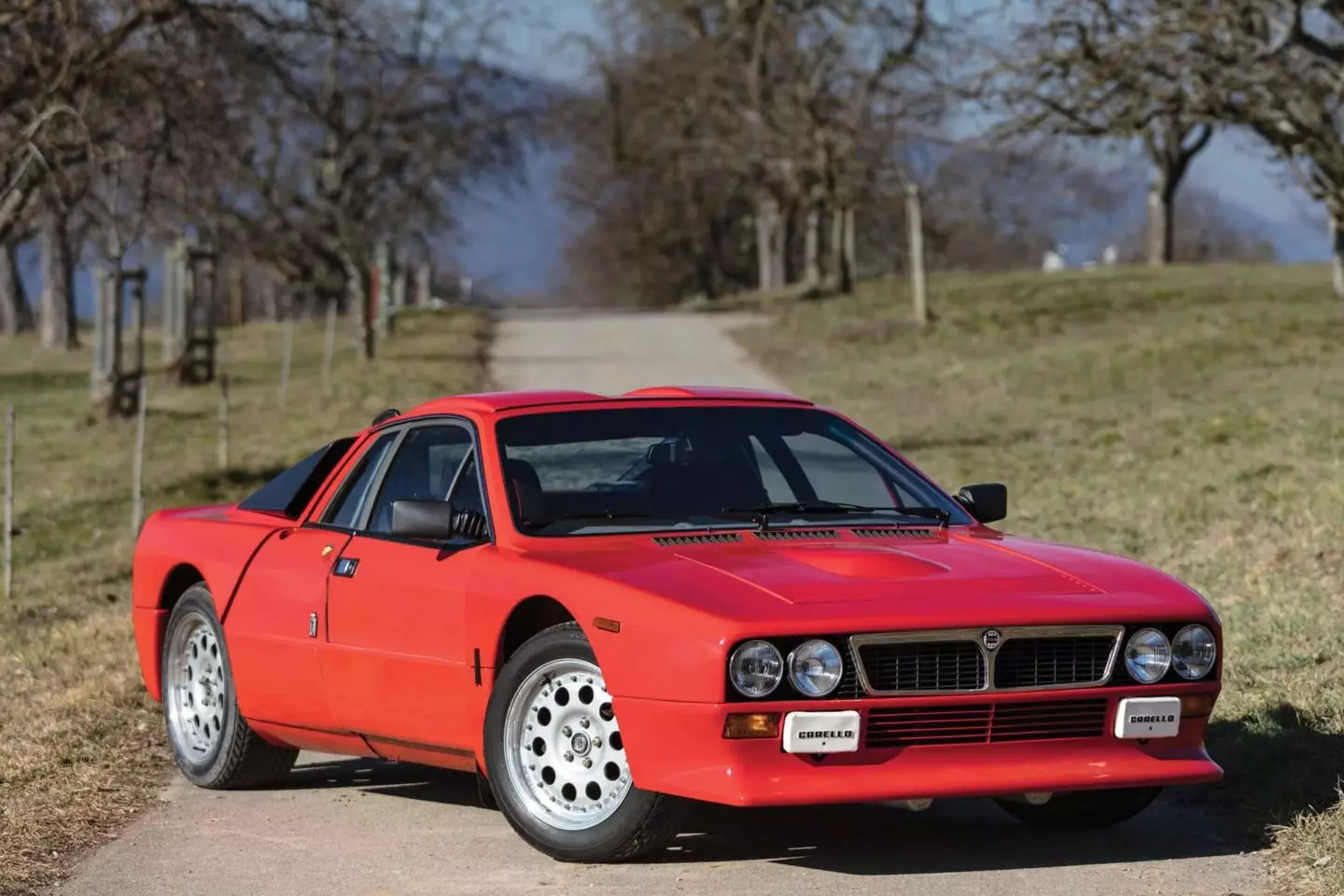
Partially based on Beta Montecarlo, the 037 was Abarth's creation.
After being bought by Fiat, Abarth was responsible for preparing and developing the group's competition models. One such example was the Lancia 037, the last rear-wheel drive to become world rally champion.
With central rear engine, tubular sub-chassis, independent suspension, and two huge hoods (front and rear), this "monster" developed by Abarth together with Lancia and Dallara also had a road version for approval purposes, the 037 Rally Stradale, from which 217 units were born.
Another of the Lancias developed by Abarth would be the successor to the 037 in rallying, the mighty Delta S4, which, like its predecessor, also had a road version for homologation purposes, the S4 Stradale.
Abarth 1000 Single-seat
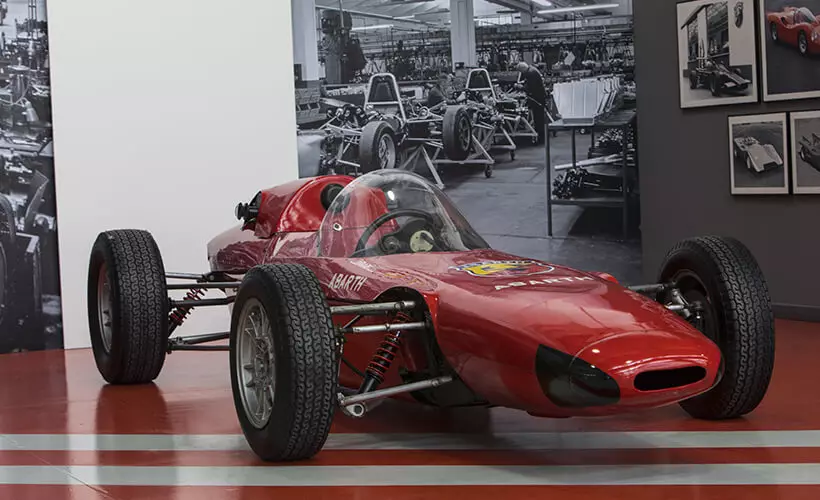
Fully developed by Carlo Abarth in 1965, the Abarth 1000 Monoposto was responsible for offering the 100th world record to the brand and for setting four world records. At his command was Carlo Abarth himself who, at the age of 57, was subjected to a severe diet that led him to lose 30 kg in order to fit into the cramped cockpit.
Driving this heavily aerodynamically focused single-seater was a 1.0 l Fiat engine derived from the one used in Formula 2 in 1964. The Twin-cam engine delivered an impressive 105 hp that served to power the only 500 kg that the single-seater weighed.
Abarth 2400 Coupé Allemano
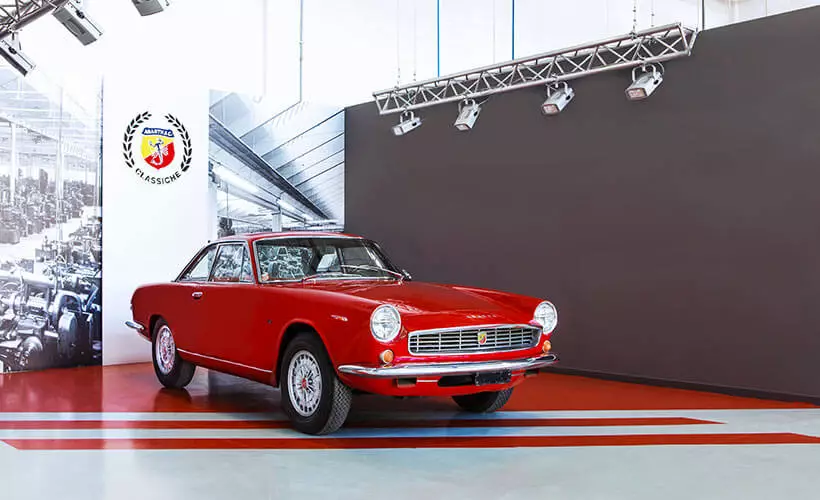
Okay… this last example is derived from a Fiat, the 2300, but the uniquely designed bodywork and the fact that it is one of Carlo Abarth's favorites — it was his day-to-day car for several years — meant that choose him to be part of this group.
Unveiled in 1961, the Abarth 2400 Coupé Allemano was the evolution of the 2200 Coupé based on the Fiat 2100. Giovanni Michelotti was responsible for design and production by the Allemano studio (hence the name).
Underneath the bonnet was an in-line six-cylinder with three Weber twin-body carburetors capable of delivering 142 hp, and the Abarth 2400 Coupé Allemano also featured a completely redesigned exhaust system.
Interestingly, despite production having ended in 1962, Carlo Abarth decided to take a copy of the Abarth 2400 Coupé Allemano to the 1964 Geneva Motor Show, such was his esteem for the car.
